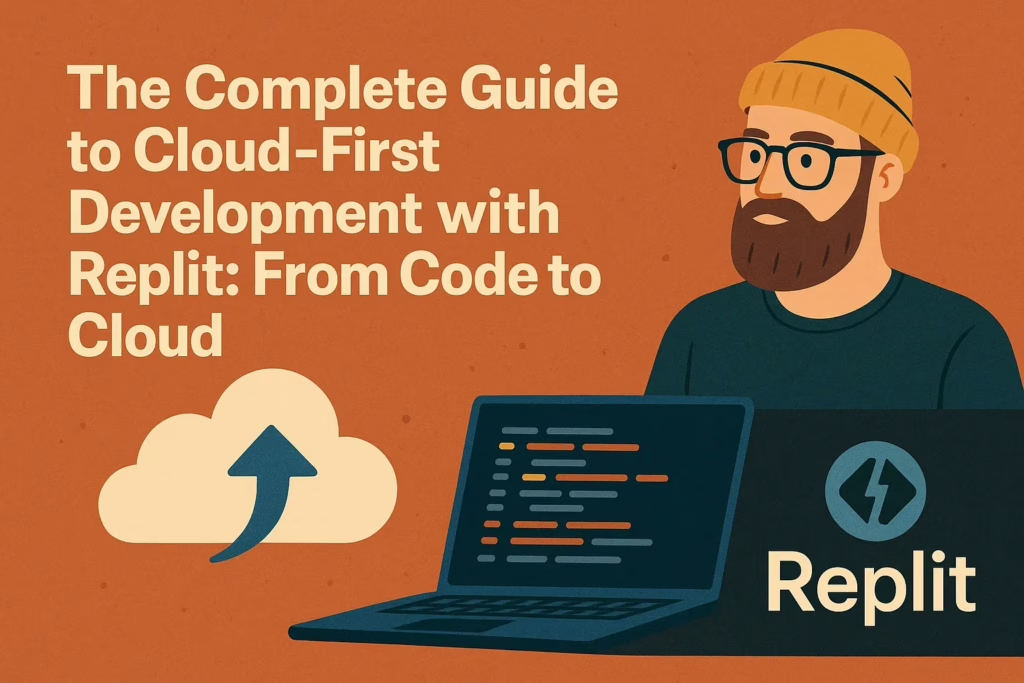Vibe Coding with Claude Code: A Practical Guide
From Zero to Production Using Natural Language

What is Vibe Coding?
Vibe Coding is building software through conversational collaboration with AI. Instead of writing every line of code yourself, you guide an AI assistant like Claude Code through natural language to create working applications rapidly.
Key difference: You’re the architect and decision-maker. The AI handles implementation details while you focus on the big picture.
Why Vibe Coding Matters
Traditional development: Weeks of coding → Testing → MVP
Vibe Coding: Hours of structured prompting → Working MVP → Rapid iteration
Real results we’ve seen:
- Data dashboards built in 30 minutes
- PDF processing tools in 2 hours (vs 2 weeks traditional)
- Complete web apps deployed in a single day
Getting Started with Claude Code
Prerequisites
- Node.js 18+
- Git (recommended)
- 4GB RAM minimum
- Active internet connection
Installation
npm install -g @anthropic-ai/claude-code
First Steps
- Navigate to your project directory
- Run
claudeto start - Complete authentication via browser
- Initialize your project with
claude > /init
The 7-Stage Vibe Coding Process
Stage 1: Define Your Purpose
Before writing any prompts, answer these questions:
- What problem does this solve? Be specific. “Make invoicing easier” is vague. “Allow freelancers to create invoices in under 2 minutes” is clear.
- What change do you want to see? Focus on outcomes, not features.
- Why software? Could this be solved with existing tools?
Create a vision.md file:
## Problem
[Specific problem you're solving]
## Target User
[Who exactly will use this]## Success Metric
[How you'll know it's working]
Stage 2: Know Your User
Define your user with specificity:
- What are their technical skills?
- What frustrates them about current solutions?
- When and where will they use your tool?
Bad: “Business owners who need invoicing” Good: “Solo consultants billing 5–20 clients monthly, working from laptops, need invoices done in 2 minutes between calls”
Stage 3: Define Success Metrics
Set measurable goals:
- “90% of users complete core task in under 2 minutes”
- “Handles 100 PDFs without errors”
- “Zero crashes with realistic data”
Choose your target:
- Proof of concept: Core functionality demonstration
- MVP: Real users can test it
- Production ready: Handles edge cases and scale
Stage 4: Research Existing Solutions
Spend 30 minutes understanding the landscape:
- Find 3–5 similar tools
- Note what works and what doesn’t
- Identify gaps you can fill
Document patterns to use and avoid. This context helps Claude make better decisions.
Stage 5: Set Technical Foundation
Create a CLAUDE.md file in your project root:
# Project Guidelines
## Technical Stack
- Frontend: [Your choice]
- Backend: [Your choice]
- Database: [Your choice]## Coding Standards
- Mobile-first design
- Clear error messages
- Comment complex logic## AI Instructions
- Start with simplest solution
- Explain architectural decisions
- Highlight potential issues
Stage 6: Start Building
The Build-Test-Iterate Loop:
- Start small: Don’t ask for the entire app at once
- Test immediately: Run the code after each addition
- Iterate based on results: Refine and improve
Effective prompting patterns:
Basic Request → Specific Requirements → Context-Rich Instructions
Example progression:
"Build auth" →
"Build auth with email/password" →
"Build auth for B2B SaaS with email/password, JWT tokens,
mobile-first design, max 3 fields per form"
Stage 7: Test and Deploy
Functional Testing:
- Create automated tests with Claude’s help
- Test core flows manually
- Verify cross-platform compatibility
User Testing:
- Get 3–5 real users
- Watch them use it without help
- Note confusion points
Deployment:
# After testing
git add .
git commit -m "Ready for deployment"
# Use Claude to set up CI/CD
"Create GitHub Actions workflow for automatic deployment to Vercel"
Best Practices
Do’s
- Write vision and user docs first
- Use structured prompts: Context → Task → Constraints
- Commit frequently with Git
- Start new sessions for major features
- Review all output — you’re the architect
Don’ts
- Don’t start without clear goals
- Don’t accept first output — iterate 2–3 times
- Don’t skip user testing
- Don’t over-engineer — ask for simple solutions first
- Don’t ignore code quality — request refactoring after major features
Common Pitfalls and Solutions
Problem: Vague results Solution: Provide specific context and examples
Problem: Over-complicated code Solution: Ask for “the simplest solution that works”
Problem: Lost context Solution: Start fresh sessions for new features
Problem: Generic UX Solution: Define specific user profiles upfront
Quick Start Template
Ready to begin? Use this template:
Context: Building [what] for [specific user type]
Current goal: [Today's objective]
Task: Create [specific component/feature] with:
- [Requirement 1]
- [Requirement 2]
- [Requirement 3]Constraints:
- Use existing patterns
- Mobile-first approach
- Keep it simplePlease implement and explain your approach.
Next Steps
- Start small: Build a simple tool you need
- Practice daily: 30 minutes of vibe coding builds skill quickly
- Share results: Deploy and get feedback
- Scale up: Tackle bigger projects as you improve
Remember: Vibe Coding amplifies your capabilities. Your judgment, taste, and vision remain irreplaceable. The AI handles implementation while you focus on creating value for users.
Start building today — the tools are ready, and the opportunity is massive.
🚀 Join Our Remote Work Community!
Connect with remote workers, digital nomads, and online entrepreneurs in the 404: Office Not Found Discord community.
Get access to:
- Job opportunities & referrals
- Location-independent lifestyle tips
- Networking with industry pros
- Proven online income strategies


